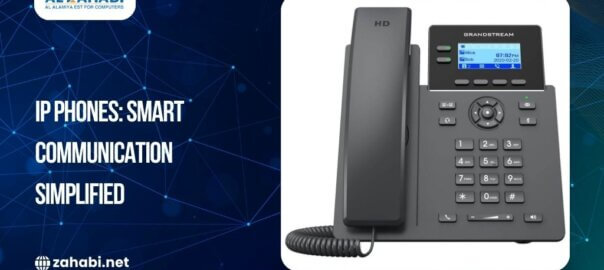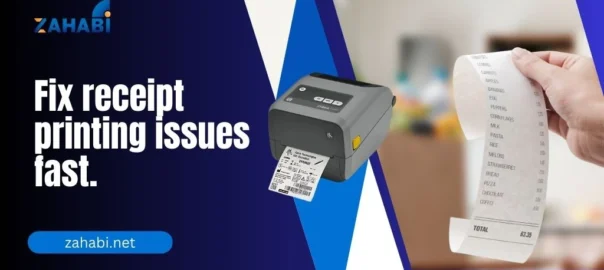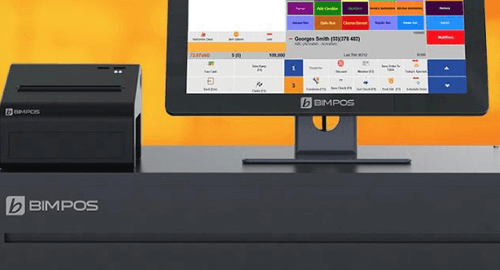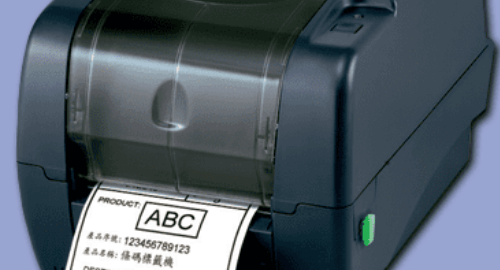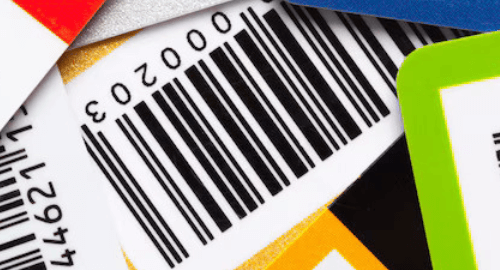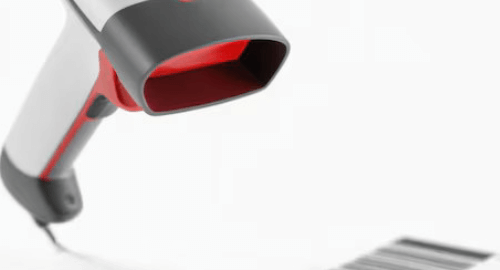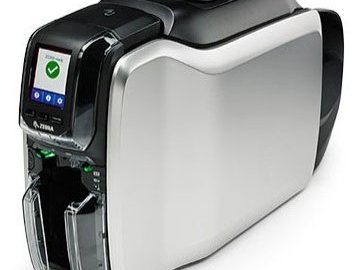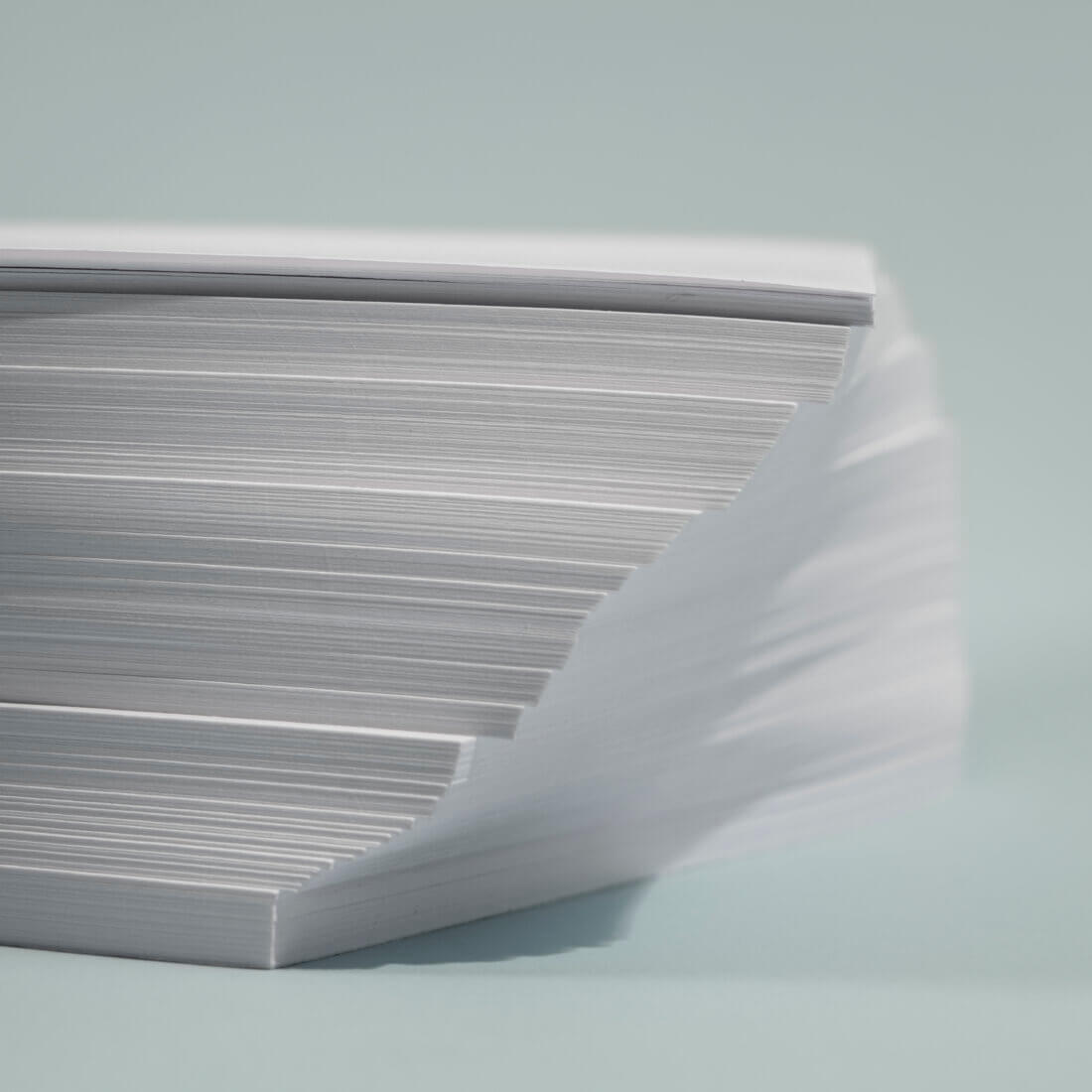
Even with printing, the choice of paper remains one of the best determinants of the desired outcome, and of course, one of the key determinants here is the GSM rating of the paper.
Knowing this implies a great deal about the involvement of GSM ratings for your printing needs and helps professionals to choose the appropriate paper for the job, thus ensuring the final product is up to par quality wise.
What is GSM in Paper?
GSM stands for gram per square meter. It refers to paper in weight. The GSM rating informs you of how much a square meter of paper weighs, which does not depend on the size of the sheet. The higher the GSM rating, then the heavier and thicker the paper would be. On the other hand, if the rating is low, then the paper is very thin and light.
GSM is not inherently related to paper thickness but is informative about the thickness most of the time. Take common office paper, printed with daily use in mind, which falls into a category between 70 and 90 GSM. Thicker ones, such as cardstock in business cards or postcards, will generally have a GSM over 200.
Why is GSM Important in Printing?
Choosing the right GSM is very important when printing because it will affect, in general, the appearance, feel, and durability of the printed matter. There are several aspects whereby the GSM of the paper affects them:
- Print Quality: GSM of the paper contributes to its ink-binding capability on the paper. The heavier papers, with higher GSM, take ink evenly and produce better print quality, while lesser weight papers might be prone to ink bleed through or bleed through on the other side.
- Strength the more robust and tear-resistant paper: it is just right for products that are expected to have long term durability, such as brochures, business cards, and packaging. Paper on the other hand may be printed on single use materials like flyers and event programs.
- Tactile and Sensory: GSM also determines the feel of a paper. The thicker the paper, the more premium and luxurious it usually is, thus valued at a greater perceived value in the printed piece. Many businesses will be using higher GSM papers in their marketing materials.
- Cost: Heavier paper tends to be more expensive because it consumes more material during its manufacturing process. In designing a print job, especially a large one, you must consider the quality needed and balance that with your budget. Where short applications will suffice, a lighter paper may be less costly; but for applications that will remain in place longer, heavier paper is often justified as being “worth it”.
Various GSM Ranges and Their Uses
This will help you in selecting the right kind of paper for your project. You’ll be able to understand the range of GSM and their applications to pick the right one.
- 35-55 GSM: It is the lightest range and is used primarily for newspapers. The paper is thin and low in cost, which makes it excellent for high volume printing at low expense.
- 70-90 GSM: It’s at this standard level that falls under the regular office printing paper. It may be used with any kind of inkjet and laser printers and is perfect for everyday printing, such as documents, reports, letters, etc.
- 100-120 GSM: These papers are often used for the production of high quality brochures and flyers. In comparison to regular office paper, these papers leave a premium touch while still being affordable and smart for marketing materials.
- 120-170 GSM: The scope of this midweight is for posters and covers. It is fairly heavy for handling and for hanging: rather ideal for materials to be pinned on one’s office wall, for example.
- 200-300 GSM: Cardstock, for example, falls under the same category. This range is often used in making business cards, postcards among other products that require some strength. With a higher GSM, the paper acquires thickness and toughness, which will make it last much longer without faltering.
- 300+ GSM: Papers above 300 GSM are mostly used for packaging, presentation folders, and similar applications that are heavyweight in nature. These papers are extremely thick and strong and so offer a premium feel and extremely high quality look.
How to Choose the Suitable Paper GSM for Your Printing Project
Your choice of paper GSM is determined by the type of use you plan for your print material. To make a selection of which GSM for your project consider the following factors:
- Purpose: Consider how the printed product will be used. If it is a disposable flyer or a handout, low GSM could be enough. If you plan to use the material for durability and longevity, like in business cards or packaging, then high GSM would be preferred.
- Printability on a variety of printers: Though a higher GSM paper might be perfect for professional commercial printing, some home or office printers may jam or feed poorly because of the thicker paper. So, check the printer specifications beforehand before opting for a high GSM.
- Budget: Heavy paper is costlier, so budget becomes a determining factor. If you print in quantities, a little variation in GSM can increase the overall cost manifold.
Conclusion
GSM is the key determinant of the quality, durability, and general feel of printed materials. Whether you want to print marketing materials, office documents, or packaging, this knowledge will help you when it comes to the judgment process so you can get the best possible results.
Therefore, by selecting the right paper weight, you can advance the look and durability of your printed products without overspending.


